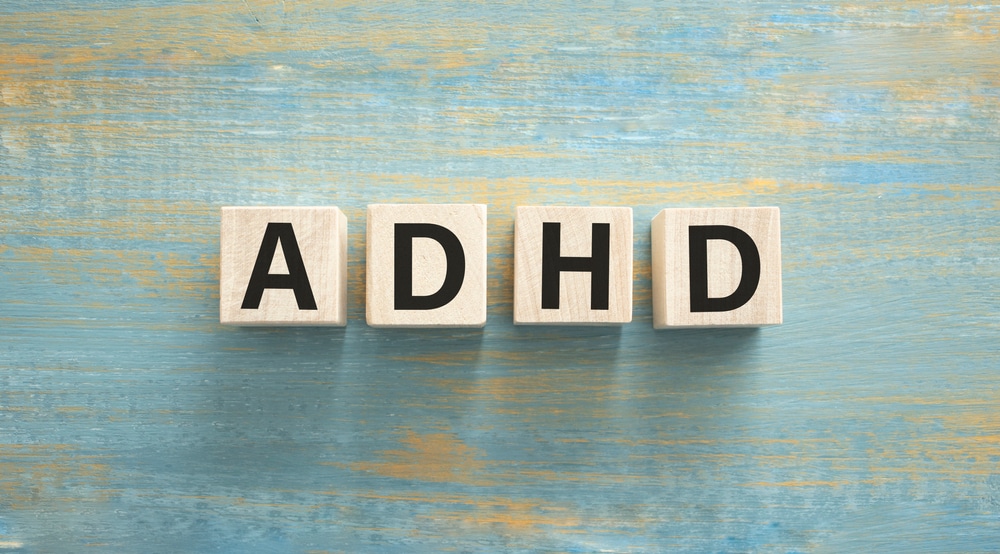ADHD, or attention deficit hyperactivity disorder, is a prevalent diagnosis among primary school students based on behaviors such as the inability to sit still, difficulty concentrating, disruptive conduct, and inattention to details. Children with these issues frequently struggle to complete projects and acquire new content. The treatment of ADHD involves counseling and medication. More cases of ADHD have been diagnosed in the last decade than in the previous decades combined. What is the cause of this increase in ADHD? Is there anything parents can do to avoid it? Here are some of the reasons why ADHD is becoming so common:
We have a better understanding of ADHD.
According to one idea, ADHD is not getting more frequent; the medical establishment is growing and becoming more skilled at recognizing it. Research, evaluations, and awareness of the problem have increased during the last decade. Parents and teachers are aware of the symptoms to look for, and doctors are more eager than ever to treat them. All these elements could lead to easier identification of problems rather than simply allowing children with difficulties to flow through the system while working extra hard to achieve well in school. Most of us know an adult who has recently been diagnosed or who should be diagnosed with ADHD.
Those individuals were formerly children whose ADHD symptoms had gone unnoticed. The use of prescription drugs for treating ADHD is common, but they are not necessary in all cases. Natural supplements, such as Native Remedies’ Focus Formula, can be just as helpful in relieving symptoms and are suitable for both children and adults.
Our Educational System is Changing.
Before this, education included creative play, physical activity, games, and the integration of music and the arts. Many schools have discontinued artistic activities in favor of more rigorous educational programs. This might result in an energy buildup and inventiveness. Furthermore, teachers frequently have more students in their courses than they have time. Many pupils’ needs are not satisfied because they are bored or require more assistance than their teacher can provide; therefore, they start acting out. When children’s actions make it more difficult for the teacher to pass on knowledge and control the classroom, they are diagnosed with ADHD.
Stimulus Electronic
Today’s children are more exposed to technological media than ever before. In many situations, babies listen to electronic music before they even leave the womb. Often, babies watch the evening news with their parents. Children as young as three years old have video game consoles. All of these devices generate visuals that stimulate the brain. Many television broadcasts and video games change scenes every 5 seconds or less. It can cause over-stimulus in the brain of a young child. According to child development specialists, some children acquire a sort of addiction to that stimuli and require that much stimulation daily. In school-age children, this can lead to ADHD.
It can lead to ADHD in school-age children, as well as ADHD in adults.
Domestic Developments
Family life has never been more strained than in the recent decade. Most houses are two-income households, meaning both parents are anxious about the job and home maintenance. Divorce is also rising, leading to an increase in single-parent families. Homes with only one parent place more burden on one parent, making it more difficult to manage everything. In general, many parents in today’s generation let discipline slip through the cracks, either because they are too busy to notice everything or because they are more tolerant than previous generations.
Discipline issues can lead to poor behavior in the classroom, prompting teachers to examine the likelihood that the child has ADHD.





